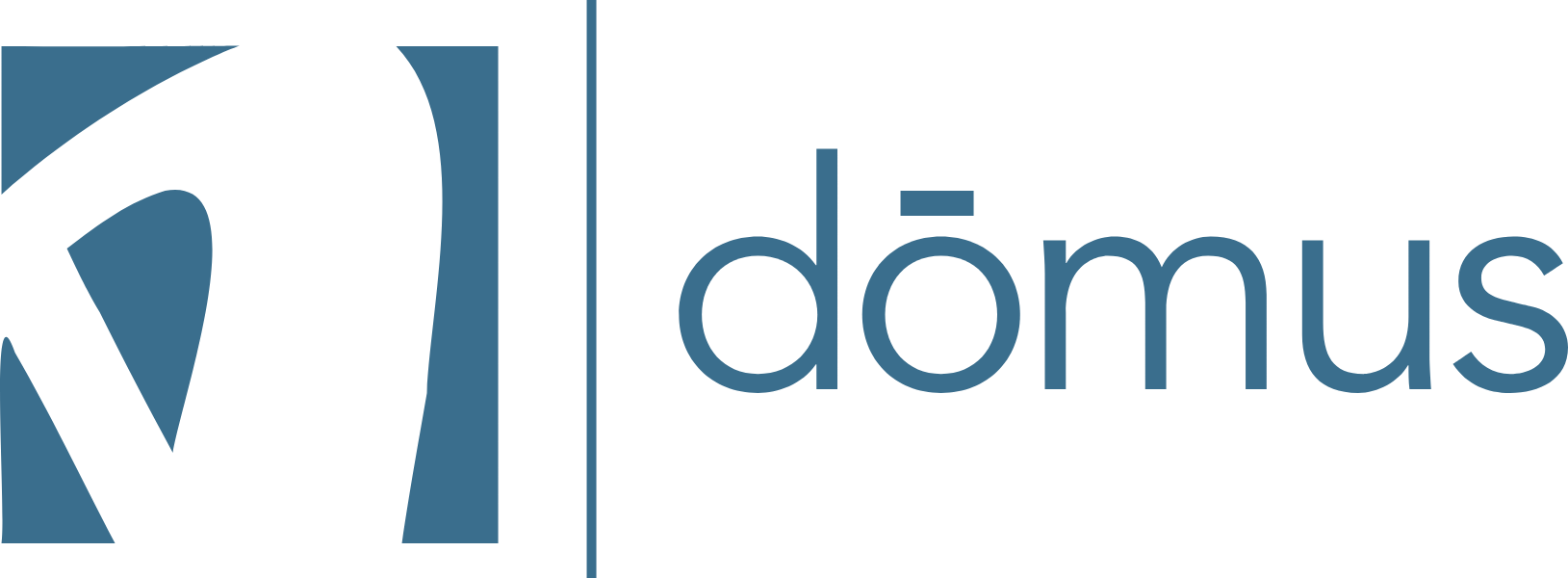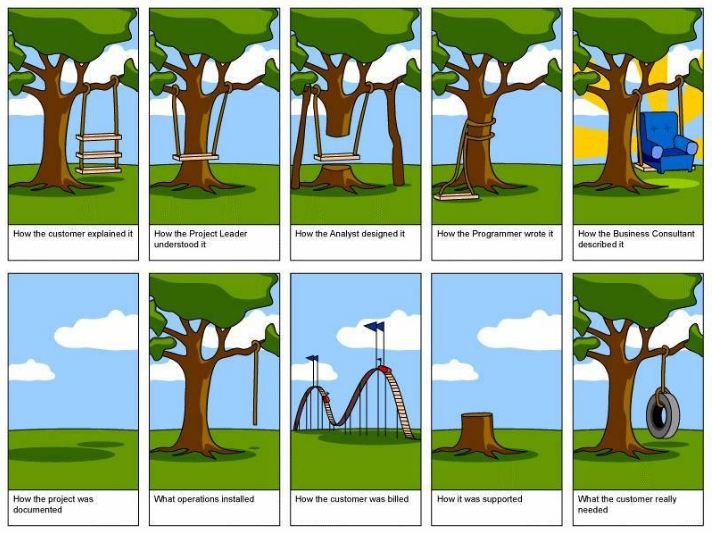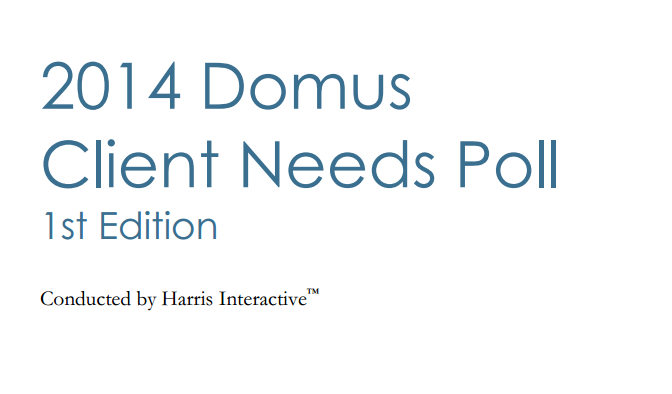Resolving to Improve Your Intranet Health in 2013
January 23, 2013The Not-So-Secret Secrets of Innovation
March 19, 2013I am often asked by my legions of fans – ahem, interns – what I believe is the most important aspect of client service. My first thoughts are typically stamina or humility. However, once my momentary emotional tide passes, I always find myself repeating an elevator speech about the necessity to balance expectations – those of your internal team as well as the client. That belief is grounded by the following three points of wisdom:
Communication Is Key
A project manager acts as a liaison between what the Client wants and how the Creative team understands – and plans to achieve – the request. Before the wheels start turning (and hours start to rack up), it’s always a good idea to take a step back, recap the request at hand and make sure the Client is in agreement with the understood approach before the creative work begins. Not only will the Client appreciate the thoroughness of the follow-up, but you will have established an opportunity to set the expectations for both sides. Plus, you’ll be halfway done with your internal paperwork! Never underestimate the power of effective communication. It is the primary factor that can lead to a project’s success or failure.
It Takes a Village to Make a Timeline
Unless you work at a one-person agency, there will be many departments (i.e., hands) that touch each and every project that comes through the doors. In order to understand the scope of the task at hand and also gauge the effort necessary to deliver, it’s crucial to have an open dialogue with all parties to identify the variables that may affect turnarounds. Once the internal deadlines of the Client are understood, work back from that point and outline a project schedule. Remember, you must keep in mind your team’s capacity to do the work. Both ends of the spectrum must be pacified! Once solidified, the project schedule and the time intervals established can act as a guide to keep the project on track and on budget.
Eliminate the Cliffhanger
Whether documenting a project or providing a verbal status, take the time to outline the next steps – using your handy timeline – to share not only what the agency will be charged with, but also what role the Client is expected to play. This step allows all parties to understand the current state of the job, see the trajectory and prepare as necessary. This proactive approach will solidify the project plan while instilling faith in the Client and your team that you are in control. In the field of Communications, it is ironic that so often projects can become derailed due to a lack of just that. At Domus, we strive to efficiently manage our Clients’ expectations so we can consistently deliver high-quality work that addresses their needs. We understand that the beauty of setting expectations is that once they are identified, we can work toward exceeding them.
Mara Rueter is a Senior Account Manager at Domus, Inc., a marketing communications agency based in Philadelphia. For more information, visit http://www.domusinc.com/. For new business inquiries, please contact CEO and founder of Domus, Inc. Betty Tuppeny at betty.tuppeny@domusinc.com or 215-772-2805.




